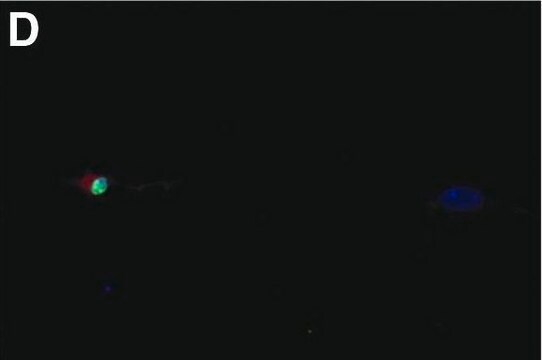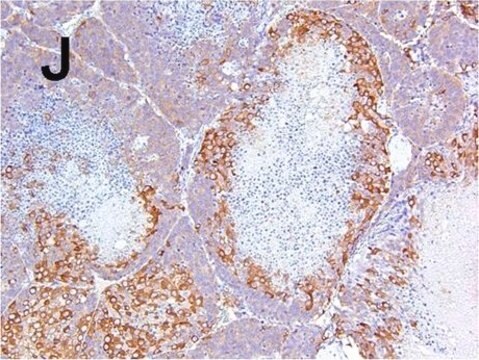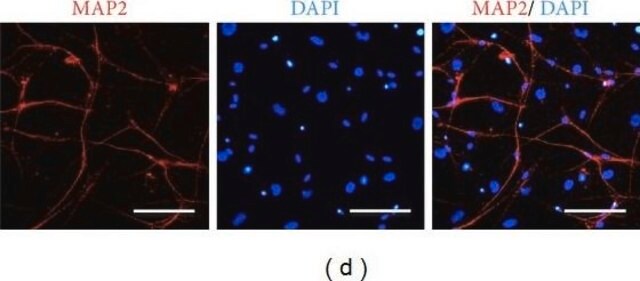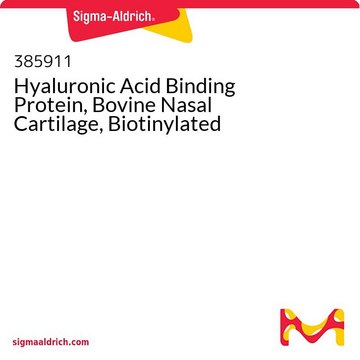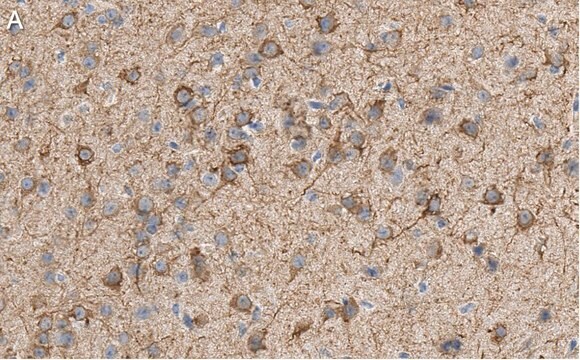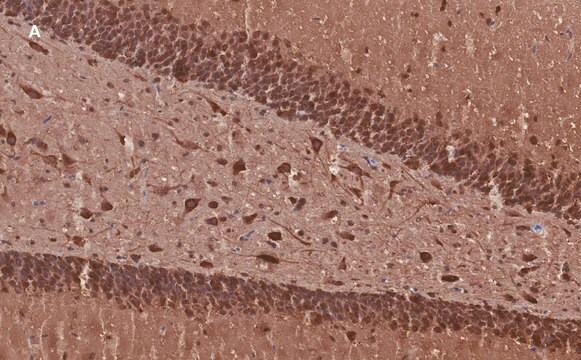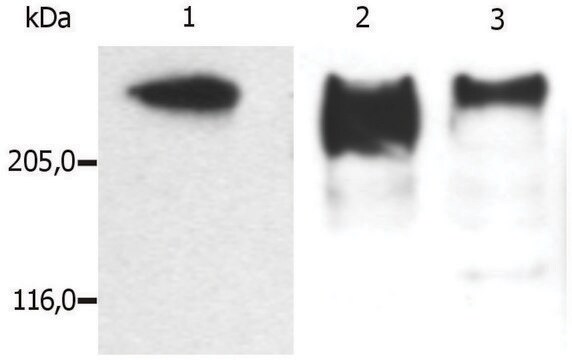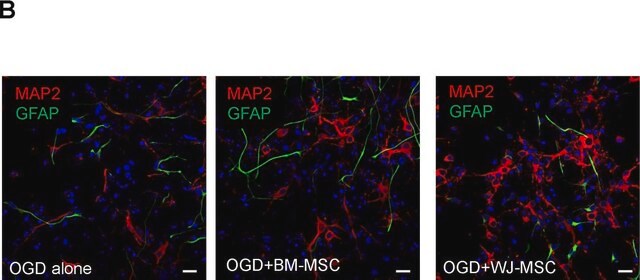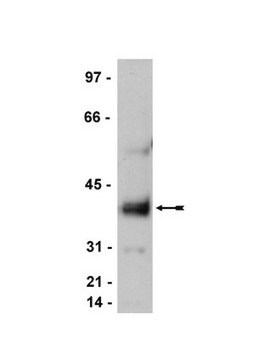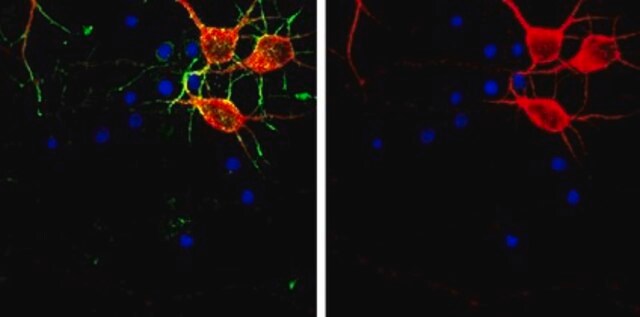M9942
Anti-MAP2 Antibody
mouse monoclonal, HM-2
About This Item
Polecane produkty
Nazwa produktu
Monoclonal Anti-MAP2 antibody produced in mouse, clone HM-2, purified from hybridoma cell culture
pochodzenie biologiczne
mouse
Poziom jakości
białko sprzężone
unconjugated
forma przeciwciała
purified immunoglobulin
rodzaj przeciwciała
primary antibodies
klon
HM-2, monoclonal
Formularz
buffered aqueous solution
masa cząsteczkowa
antigen ~280 kDa
reaktywność gatunkowa
rat, chicken, human, mouse, bovine, quail
opakowanie
antibody small pack of 25 μL
stężenie
~2 mg/mL
metody
immunocytochemistry: suitable
immunohistochemistry: suitable
microarray: suitable
western blot: 1-2 μg/mL using rat brain extract
izotyp
IgG1
numer dostępu UniProt
Warunki transportu
dry ice
temp. przechowywania
−20°C
docelowa modyfikacja potranslacyjna
unmodified
informacje o genach
human ... MAP2(4133)
mouse ... Mtap2(17756)
rat ... Map2(25595)
Szukasz podobnych produktów? Odwiedź Przewodnik dotyczący porównywania produktów
Opis ogólny
MAP2 is known to promote microtubule assembly and to form side arms on microtubules. It also interacts with neurofilaments, actin and other elements of the cytoskeleton.
Specyficzność
Immunogen
Zastosowanie
By immunoblotting, a working antibody concentration of 1-2 μg/ml is recommended using a rat brain extract.
Działania biochem./fizjol.
Postać fizyczna
Przechowywanie i stabilność
Oświadczenie o zrzeczeniu się odpowiedzialności
Nie możesz znaleźć właściwego produktu?
Wypróbuj nasz Narzędzie selektora produktów.
polecane
produkt powiązany
Kod klasy składowania
12 - Non Combustible Liquids
Klasa zagrożenia wodnego (WGK)
WGK 2
Temperatura zapłonu (°F)
Not applicable
Temperatura zapłonu (°C)
Not applicable
Wybierz jedną z najnowszych wersji:
Masz już ten produkt?
Dokumenty związane z niedawno zakupionymi produktami zostały zamieszczone w Bibliotece dokumentów.
Klienci oglądali również te produkty
Nasz zespół naukowców ma doświadczenie we wszystkich obszarach badań, w tym w naukach przyrodniczych, materiałoznawstwie, syntezie chemicznej, chromatografii, analityce i wielu innych dziedzinach.
Skontaktuj się z zespołem ds. pomocy technicznej